4 Important Terms Related to Sewage Treatment Plant on Ships
Sewage on board ships needs to be treated before it is discharged to the sea. Sewage treatment plant is used to treat the sewage and make it less harmful for the sea.
Marine engineers must know the operation of the sewage plant before using the same in order to comply with the rules and regulations of discarding sewage.
While operating the sewage plant, engineer must know:
Procedure for starting and stopping sewage treatment plant
Maintenance and checks for sewage treatment plant
However, apart from the above mentioned aspects, marine engineers should also know four important terms while dealing with sewage treatment plants on ships. They are:
- Biochemical Oxygen Demand (BOD)
- Coliform Count
- Recommended levels of pumping out solids
- Bio-chemical digestion of sewage
1. Biochemical Oxygen Demand
Biochemical oxygen demand is a test to identify biological decomposable substances and to test the strength of the sewage. BOD depends on the activity of bacteria in the sewage. These bacteria feed on and consume organic matter in the presence of oxygen.
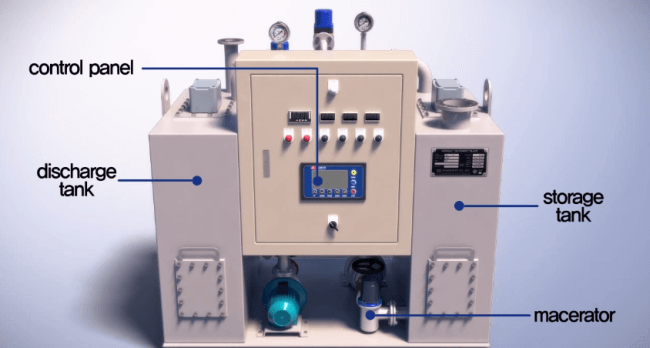
BOD can also be defined as the amount of oxygen required by the micro-organisms in the stabilization of organic matter. The results are generally expressed as the amount of oxygen taken by one litre sample (diluted with aerated water) when incubated at 20 degree for five days.
BOD of raw sewage is 300-600 mg/litre. IMO recommends BOD of less than 50 mg/litre 25 Qi/Qe mg/l (Updated by MEPC159) and the chemical oxygen demand (COD) does not exceed 125 Qi/Qe mg/l. The test method standard should be ISO 5815 1:2003 for BOD5 without nitrification and ISO 15705:2002 for COD, or other internationally accepted equivalent test standards.after treatment through sewage treatment plant.
2. Coliform Count
Coliform is a type of organism which is present in human intestine and is recognized as indicator organisms of sewage pollution. Presence of these organisms in water is an indication of pathogen (pathogen count), which are diseases causing bacteria responsible for cholera, dysentery, typhoid etc.
The number of coliform organisms present in sewage on ship is very large, with each person contributing around 125 billion in winters and 400 billion in summer.
IMO recommends faecal coliform count of less than 250 faecal/100 ml 100 thermotolerant coliforms / 100 ml (Updated by MEPC159) of affluent after treatment.
3. Recommended levels of pumping out solids
Dissolved solids – Solids which are dissolved in the solution
Suspended solids – Solids physically suspended in sewage that can be removed by laboratory filtration and are relatively high in organic matter.
Settle able solids – Suspended solids that will subside in quiescent liquid in a reasonable period of time (usually around an hour)
Suspended level of raw sewage – Around 300-400 mg/litre; IMO recommends 25 Qi/Qe mg/l after treatment.
Residual disinfectant – After treatment residual disinfectant should be as low as possible. IMO recommends use of ultra violet exposure for chlorination method.
4. Biochemical digestion of sewage:
Anaerobic process
Anaerobic bacteria can only multiply in the absence of free oxygen as they utilize chemically bound oxygen to survive. Anaerobic bacteria break down the organic matter into water, carbon dioxide, methane, hydrogen sulphide and ammonia. This process is called putrefaction.
The products thus produced out of this process are noxious and toxic. The effluent is of poor quality and by-products are highly corrosive.
Aerobic process
Aerobic bacteria require free oxygen to survive. They break down the organic matter to produce safe products such as water, carbon dioxide, inert residue, and energy to synthesize new bacteria.
Are we missing any important point? Let us know in the comments.
Do you have info to share with us ? Suggest a correction
Latest Marine Technology Articles You Would Like:
- 10 Harmful Effects Of Impure Air On Ship’s Machinery
- 10 Important Things to Check While Starting Fuel Oil Purifier on Ships
- 10 Noteworthy LNG-Powered Vessels
- 10 Points for Efficient Turbocharger Operation On Ships
- 10 Practical Tips to Handle Engine Room Pumps
- 10 Precautions to Take Before Operating Controllable Pitch Propeller (CPP) on Ships
Subscribe To Our Newsletters
By subscribing, you agree to our Privacy Policy and may receive occasional deal communications; you can unsubscribe anytime.
Web Stories

About Author
An ardent sailor and a techie, Anish Wankhede has voyaged on a number of ships as a marine engineer officer. He loves multitasking, networking, and troubleshooting. He is the one behind the unique creativity and aesthetics at Marine Insight.



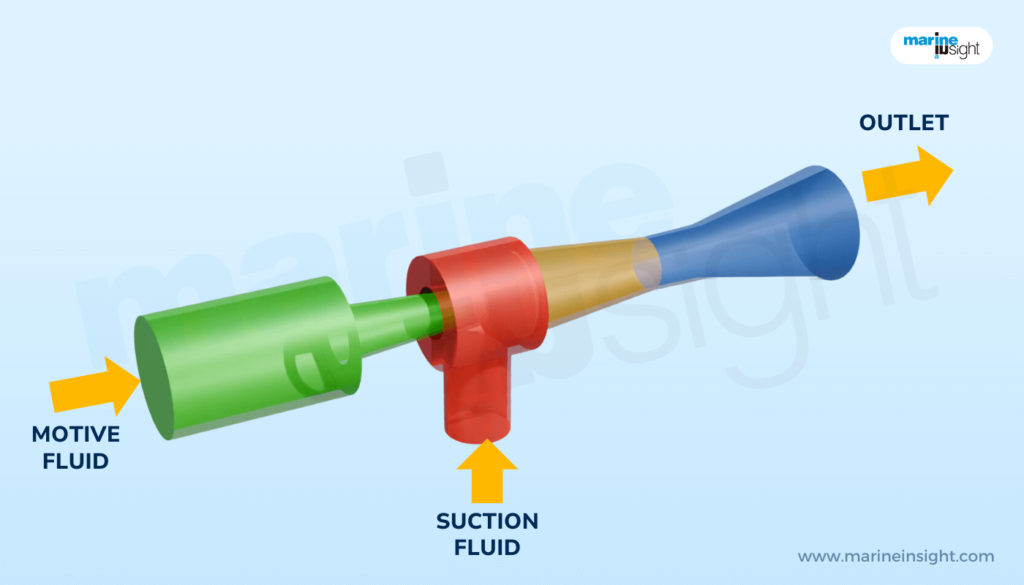
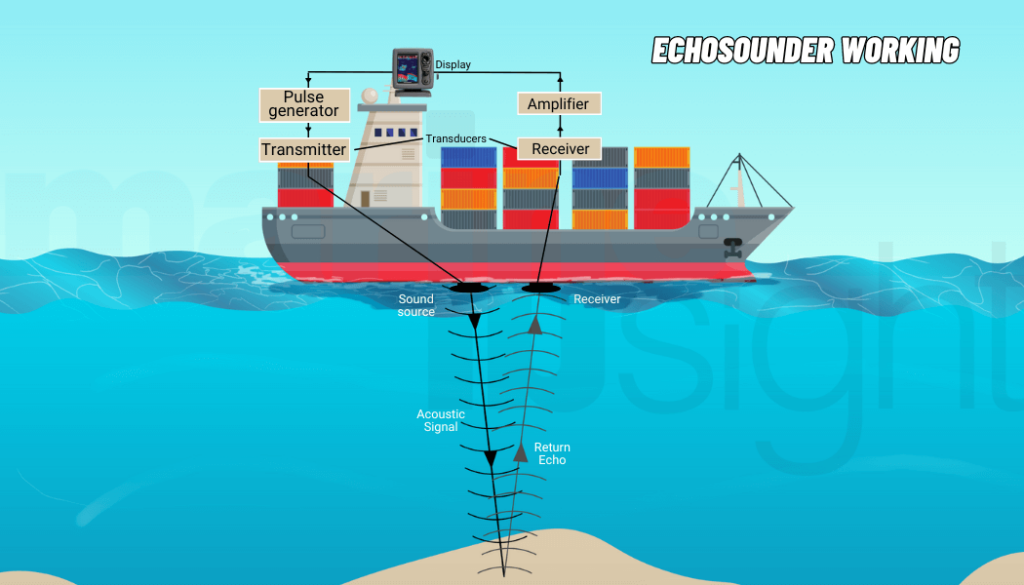
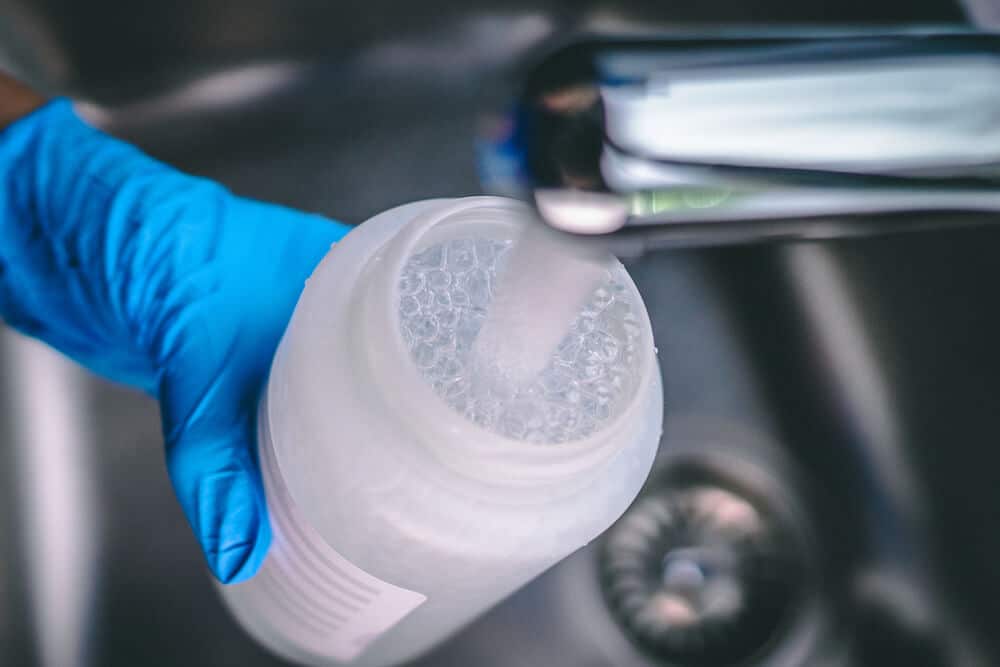
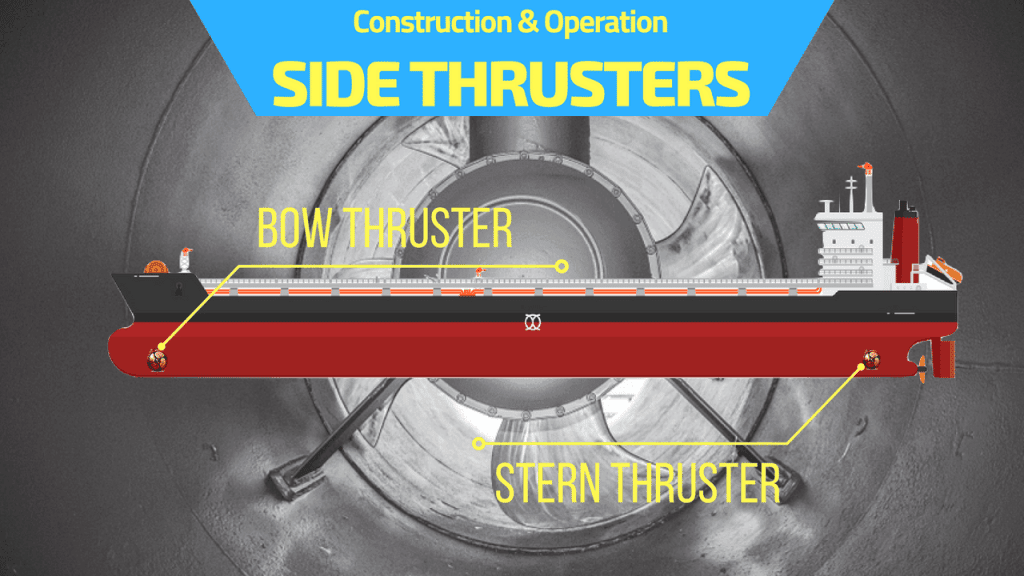
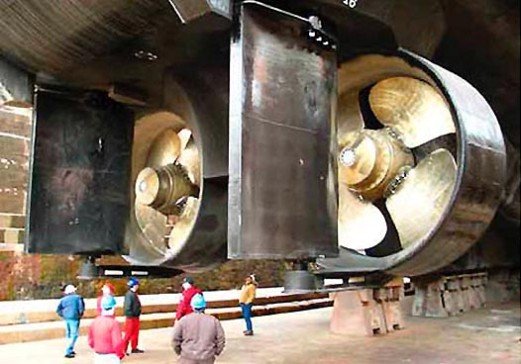
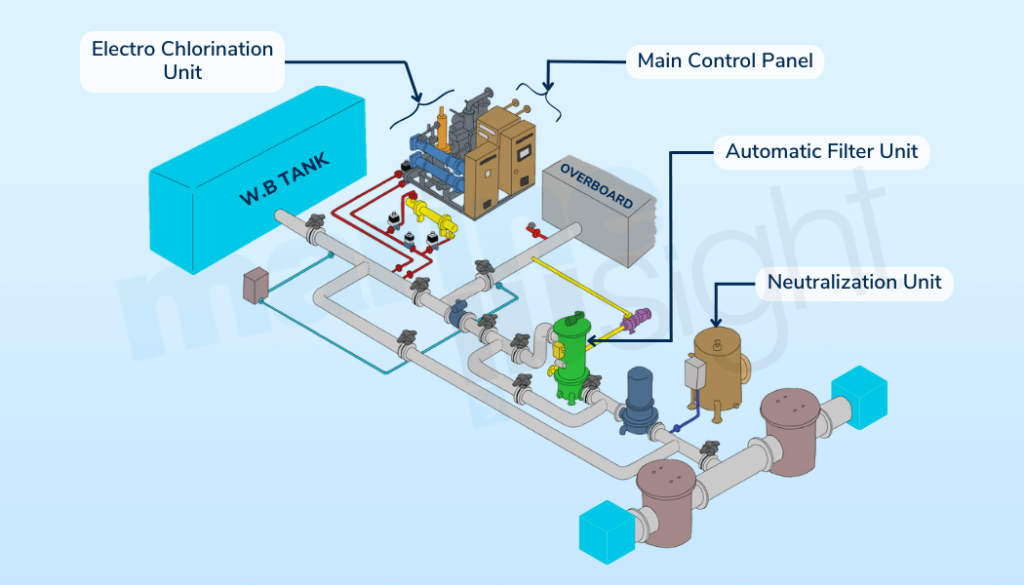
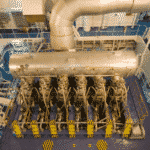
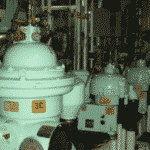
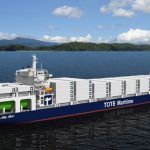
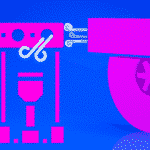
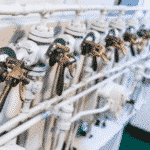
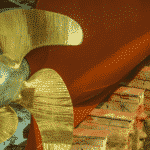

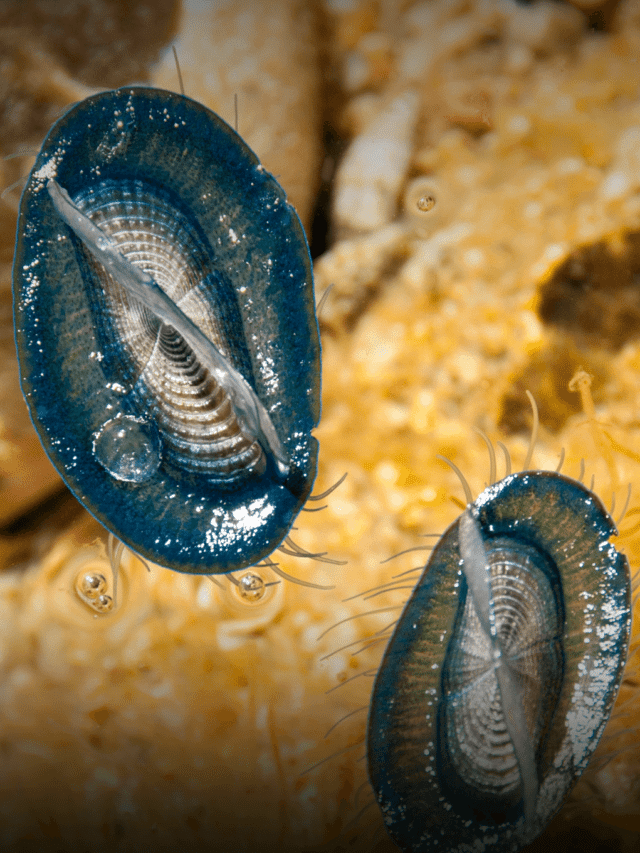
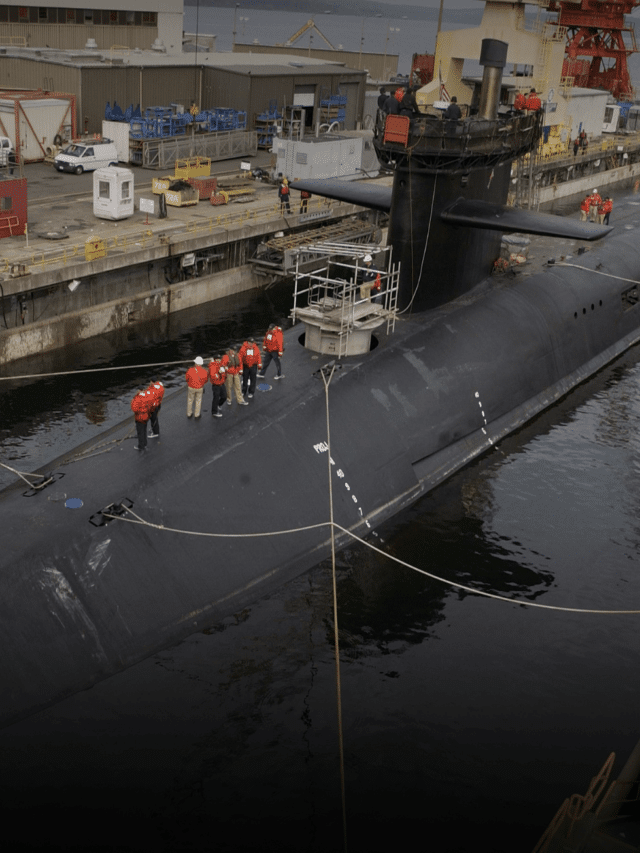
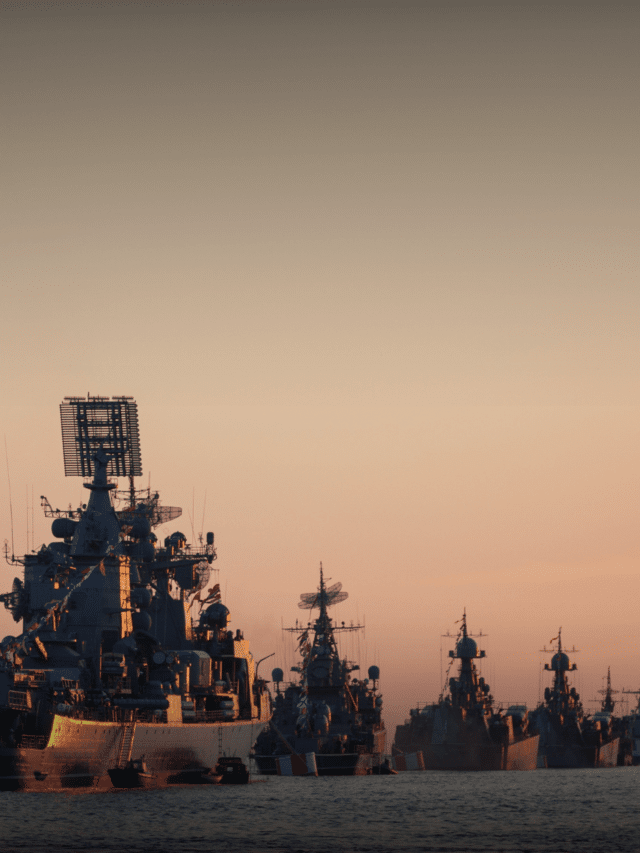
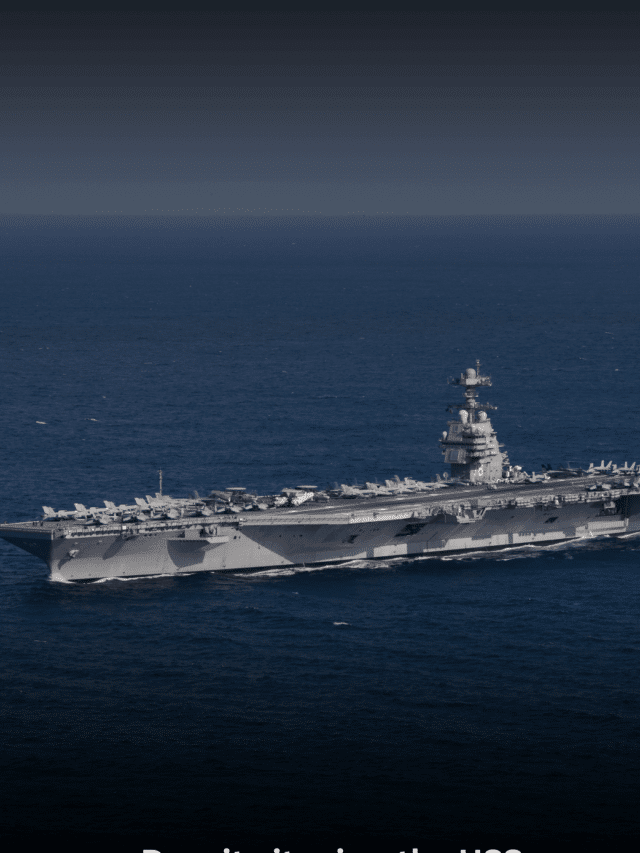
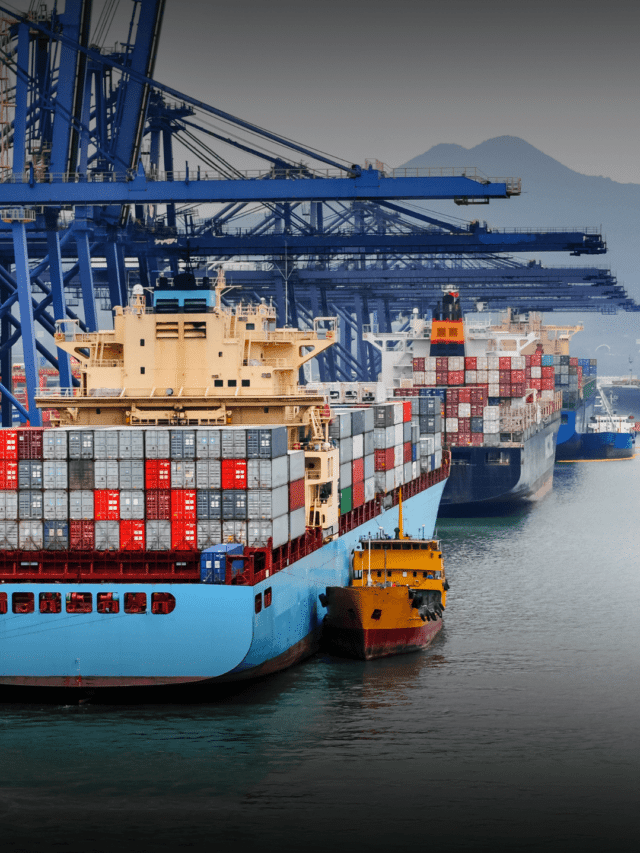
I’m a marine engineering student, studying in Nigeria. I’m working on my final year project titled CONSTRUCTION AND DESIGN OF A SHIP SEWAGE SYSTEM. I need your help on how to go about the construction and design and also the list of materials needed for the construction, also some information about the sewage system. I will like to receive your message on my email address which is j_soji@yahoo.com.
I will be very grateful for the help rendered. Thanks and have a nice time.
Is therr any method to check sewage effluent except test kits and send it to shore??
@Vasitha: Check the visibility overboard is one of the practical approaches.